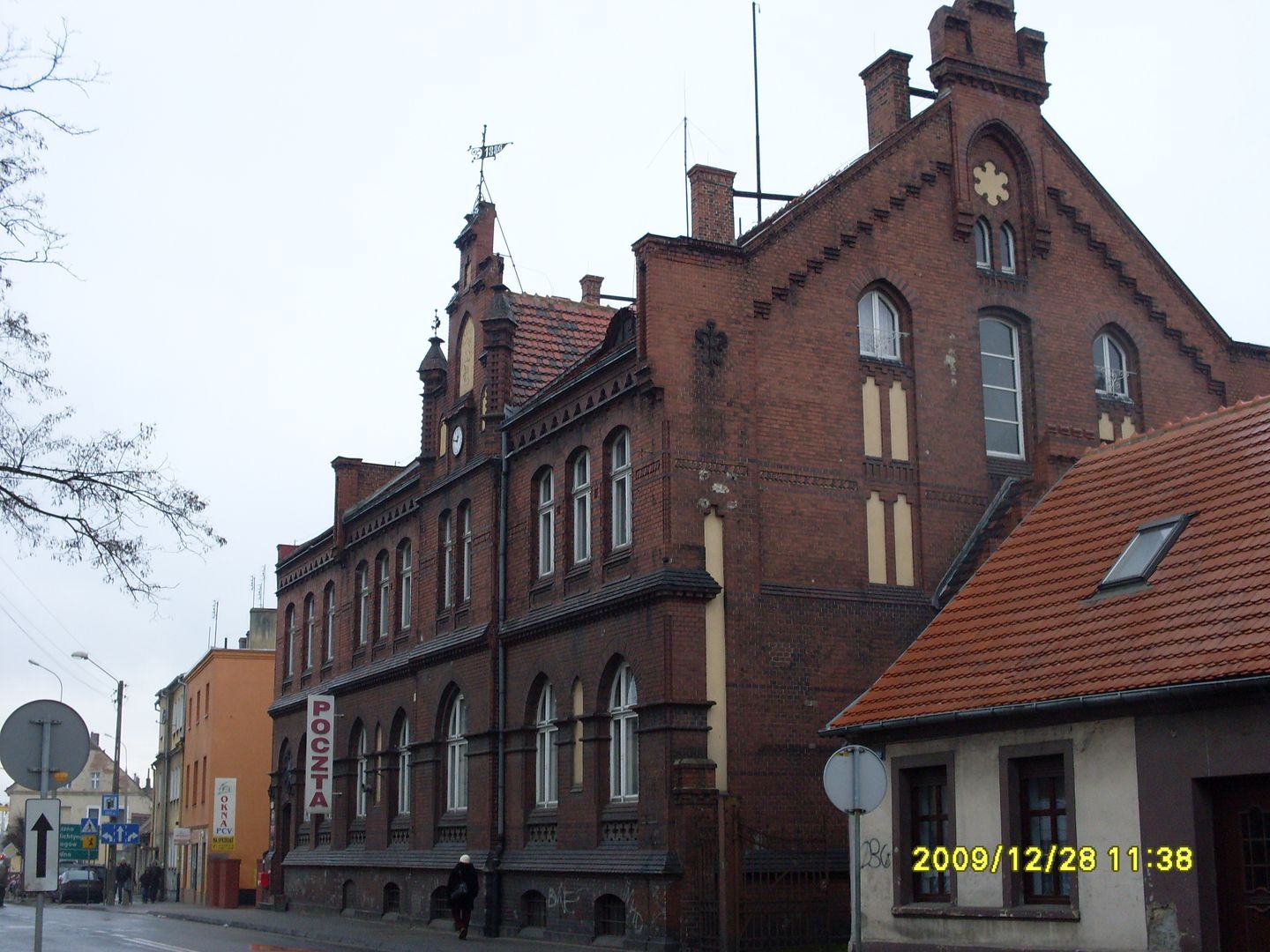Mountain
6.54

Overview
Góra, located in Lower Silesia, boasts a rich history dating back to ancient times, with the first mention of the town recorded in 1155. The town's location was officially confirmed between 1288 and 1289 by Duke Henry III of Głogów. Over the centuries, the town developed dynamically, acquiring numerous trade privileges. By the 14th century, Góra had already become a thriving administrative, craft, and trade center, with a well-developed cloth-making and milling industry. Significant events took place in the 16th and 17th centuries when the town experienced its greatest prosperity, but it was later affected by the Thirty Years' War and other armed conflicts, leading to significant depopulation. After World War II, the town became part of Poland, and its demographics changed as a result of resettlements. Architecturally, Góra boasts many historic landmarks: the 15th-century Church of St. Catherine of Alexandria, a former defensive tower, and numerous houses of historical value, including buildings from the 18th and 19th centuries. The Jewish cemetery and the 15th-century defensive walls are also important elements of the town's heritage. Among the notable figures associated with Góra are German composer Wilhelm Adolph and footballer Radosław Kałużny. Góra is also known for the tradition of the Guhrauer Kinderfest, which became a local custom celebrated annually since the 19th century. The climate of Góra, with moderate temperatures and diverse weather conditions, is conducive to outdoor activities, and the population density is approximately 797 people per km².
Location
2025 Wizytor | All Rights Reserved